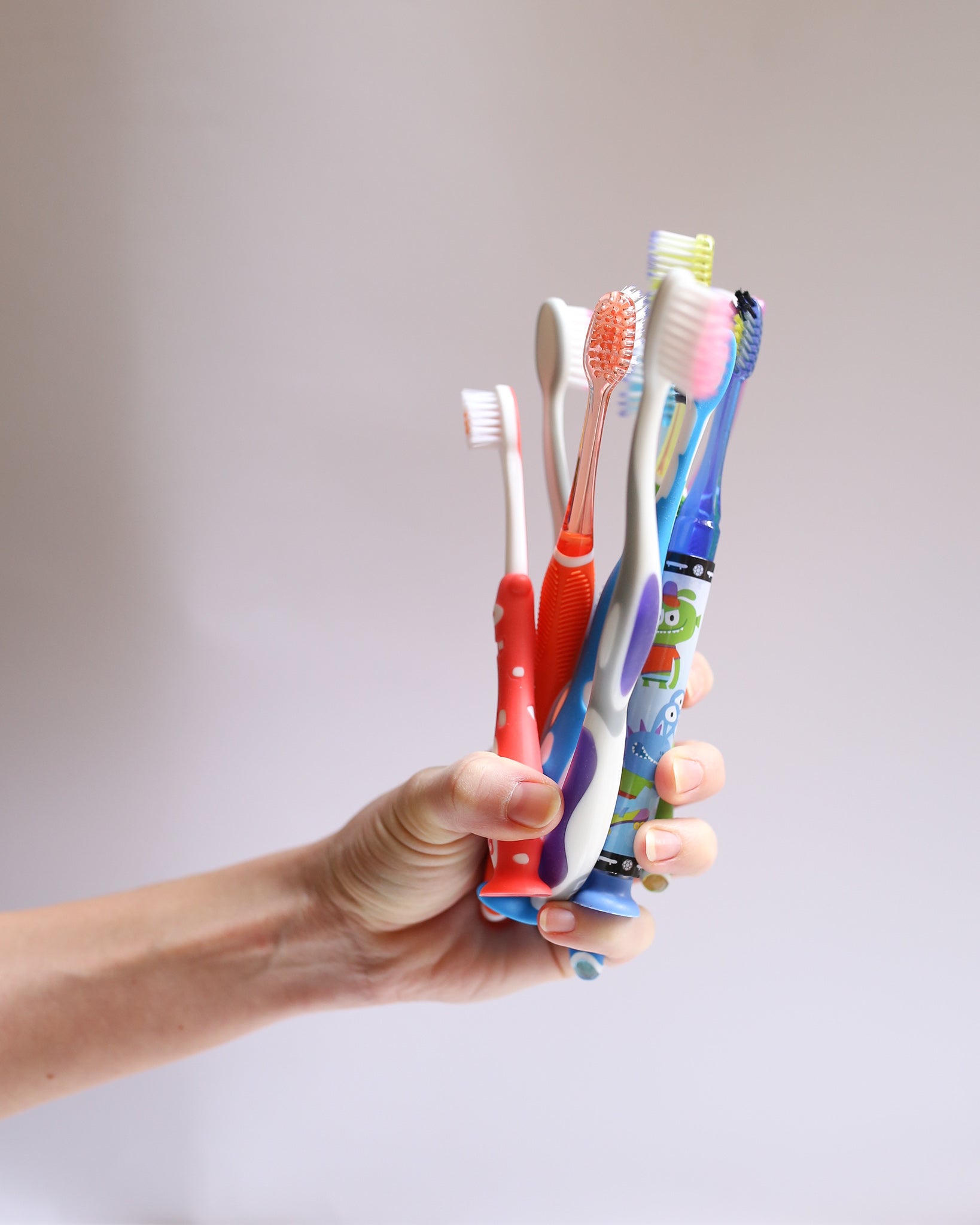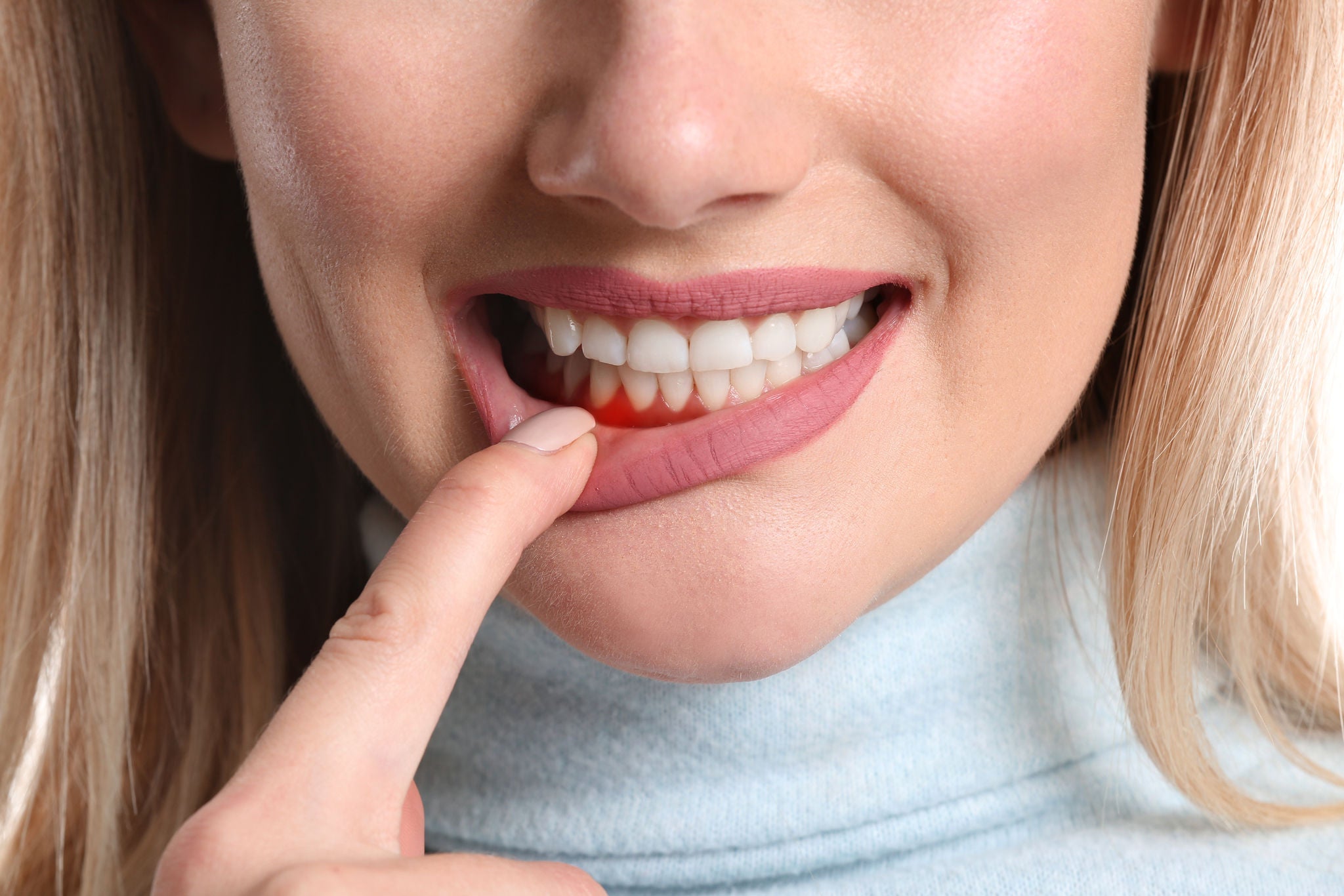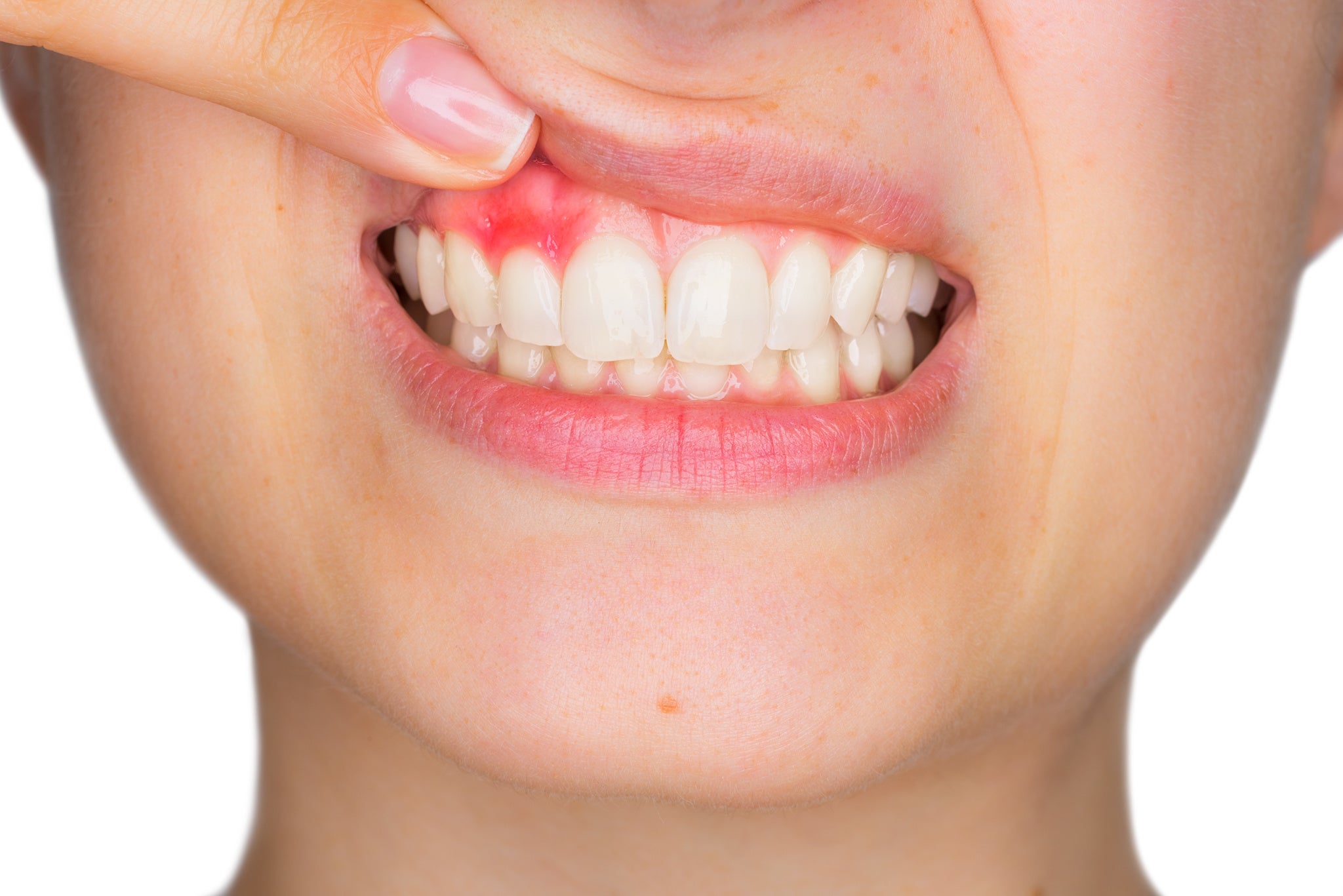
The Difference Between Sensitive and Sore Gums, Gingivitis And Gum Disease
Gum sensitivity and soreness are not uncommon, but you shouldn’t ignore them. Spotting and addressing these types of early precursors to more serious issues is a critical aspect of preventative oral care.
How can you tell the difference between occasional sensitivity and progressive problems like gum diseases? It starts by understanding the difference between sensitive gums and the hallmarks of gum diseases.

Sensitive gums
The most common form of gum sensitivity is a slight soreness, especially during or shortly after brushing your teeth. This form of gum sensitivity usually isn’t too serious, especially if it’s localized, infrequent, goes away after a few minutes, and isn’t accompanied by swelling or discoloration.
There are several different causes of gum sensitivity.
Improper technique when brushing or cleaning between teeth
If you’re brushing your teeth too vigorously, flossing with tenacity, or improperly using interdental brushes or picks, you might damage your gums. While this may simply irritate them in the short term, over the long term it can put you at risk of more serious conditions, such as receding gums and gum diseases.
Not sure if you’ve got the right technique down? We’ve got you covered with these helpful guides:
Brushing with bristles that are too stiff
Stiff bristled toothbrushes can irritate gum tissues. Prolonged use of these brushes heightens the risk of gum lesions and dentin wear, both of which contribute to increased tooth sensitivity.
If you use a toothbrush with stiff bristles, switching to a brush with softer bristles might help address your sensitive teeth and gums. Soft-bristled brushes work equally well and are much gentler on gums and teeth.
For more information on finding the right tools to suit your oral care needs, read our guide on how to choose the right toothbrush.
Receding gums
If your gums are sensitive to temperature, however, you might have a more serious problem. Gums tend to become temperature-sensitive when they wear down, exposing the inner gum and, in more advanced cases, the roots of the teeth to outside air.
If you struggle to eat particularly hot or cold foods without feeling gum pain, it might indicate the onset of gum disease. If this gum sensitivity lasts longer than a few days and persists even after you adjust your cleaning habits or switch to a brush with softer bristle, consult your dental health professional.
Sore gums
Like gum sensitivity, gum soreness is often caused by improper technique when brushing and interdental cleaning. It’s especially common if you only brush or floss intermittently, because your gums aren’t accustomed to the sensation. This is another reason why adopting a daily ritual of oral care matters!
If your gum soreness is characterized by minor inflammation and slight gum pain that goes away after a few minutes, then it’s probably not a major concern. Try using less pressure when cleaning your teeth, or switching to a brush with softer bristles to see if the soreness goes away on its own.
Gum soreness that persists for minutes or hours after you brush your teeth, gums bleeding when you brush, or persistent swelling or inflammation of your gums even for hours after you brush are indications that you may have a more severe problem.
Bacterial buildup is a leading cause of gum inflammation (red, swollen, and sore gums). When bacteria accumulate along the gum line, it irritates the gums and causes swelling and soreness. Over time, this bacteria can even get under the gum line, where it is harder to remove. This ongoing issue can develop into gum disease, with gingivitis being one of the first signs of its progression.
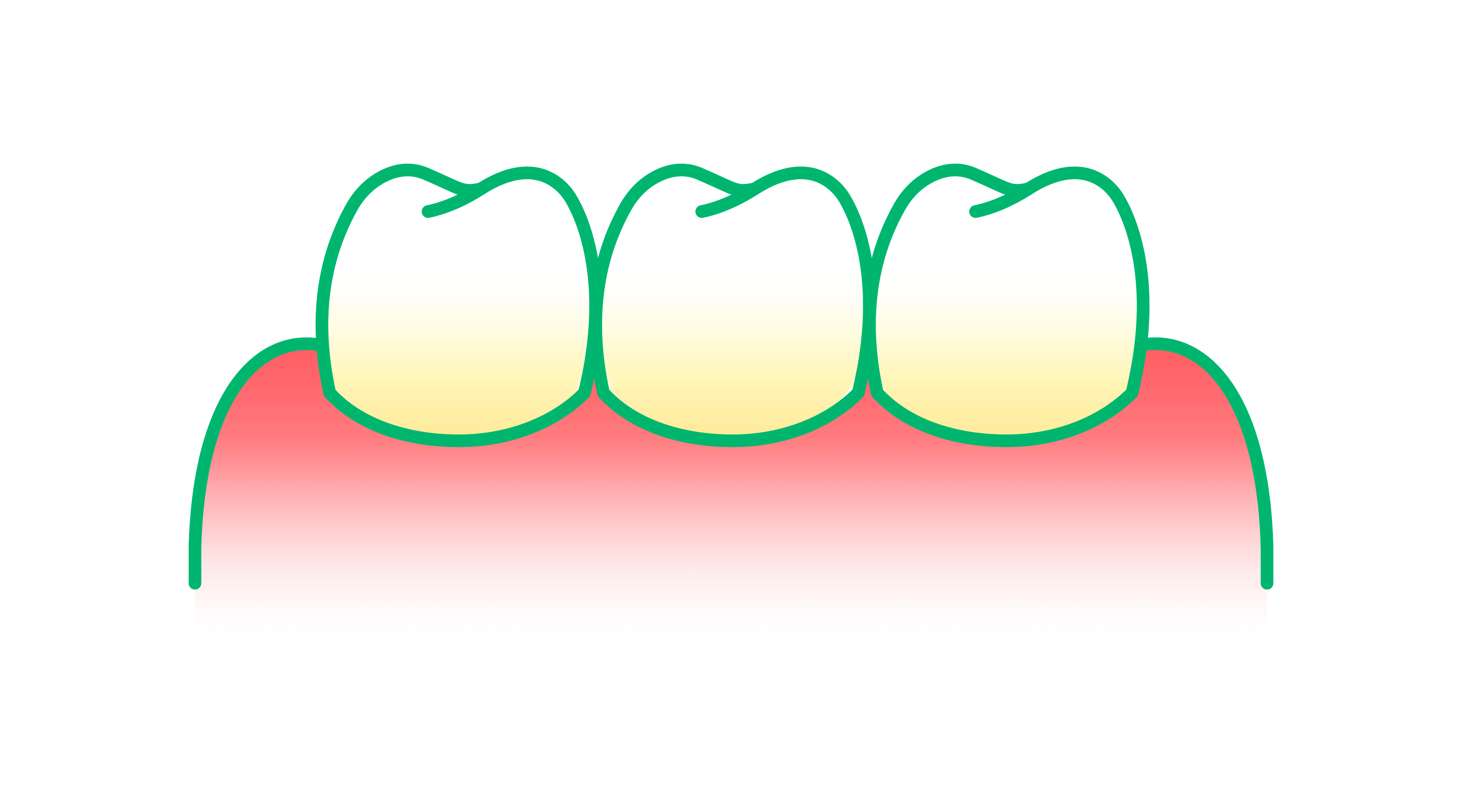
Gingivitis: when gum disease starts to show
Gingivitis, the initial stage of gum disease, is not always painful, which can make it frustratingly difficult to identify.
The most common symptoms of gingivitis are a persistent redness and swelling of gums. If you feel gum soreness for several minutes after you brush your teeth, check your gum line. If any part of your gums look swollen, you may be developing gingivitis.
Bleeding of the gums after brushing or flossing is also quite common during the early stages of gingivitis.
Remember: under no circumstances is gum bleeding normal.
If your gums don’t stop bleeding when you brush your teeth, even after around a week of attentive oral care, consider visiting your dentist as soon as possible (though ideally you’ll be rooting out any problems before bleeding occurs through your twice-annual preventative visits).
When you visit, your dentist will likely explain that the bleeding is due to improper gum care.
Though there are many other potential causes of gingivitis (e.g. drugs or pregnancy), improper care is by far most typical.
As noted, many people brush around the gums less when they experience gum irritation or bleeding, when they should be brushing more and better to remove plaque buildup along the gumline.
The good news is that this stage of gum disease is relatively minor and reversible, and relatively easily managed with proper at-home treatment.
The big difference between gum soreness and gingivitis is that, even in its earliest stages, gingivitis will not go away on its own.
Following a complete daily dental care routine will aid in removing plaque and relieving symptoms.
To effectively mitigate gingivitis, you should:
- Clean at least once per day between all teeth, paying attention to hard-to-reach areas
- Brush twice a day using a soft-bristled toothbrush to soothe sensitive gums
- Use specialized anti-gingivitis products like mouthwash or toothpaste
- Visit your dentist twice a year for a cleaning and exam
Though it may seem minor at this stage, make sure you take any signs of gingivitis very seriously. If gingivitis is allowed to worsen and spread, it becomes far more difficult to treat – and can pose a much greater risk to your health and wellbeing.
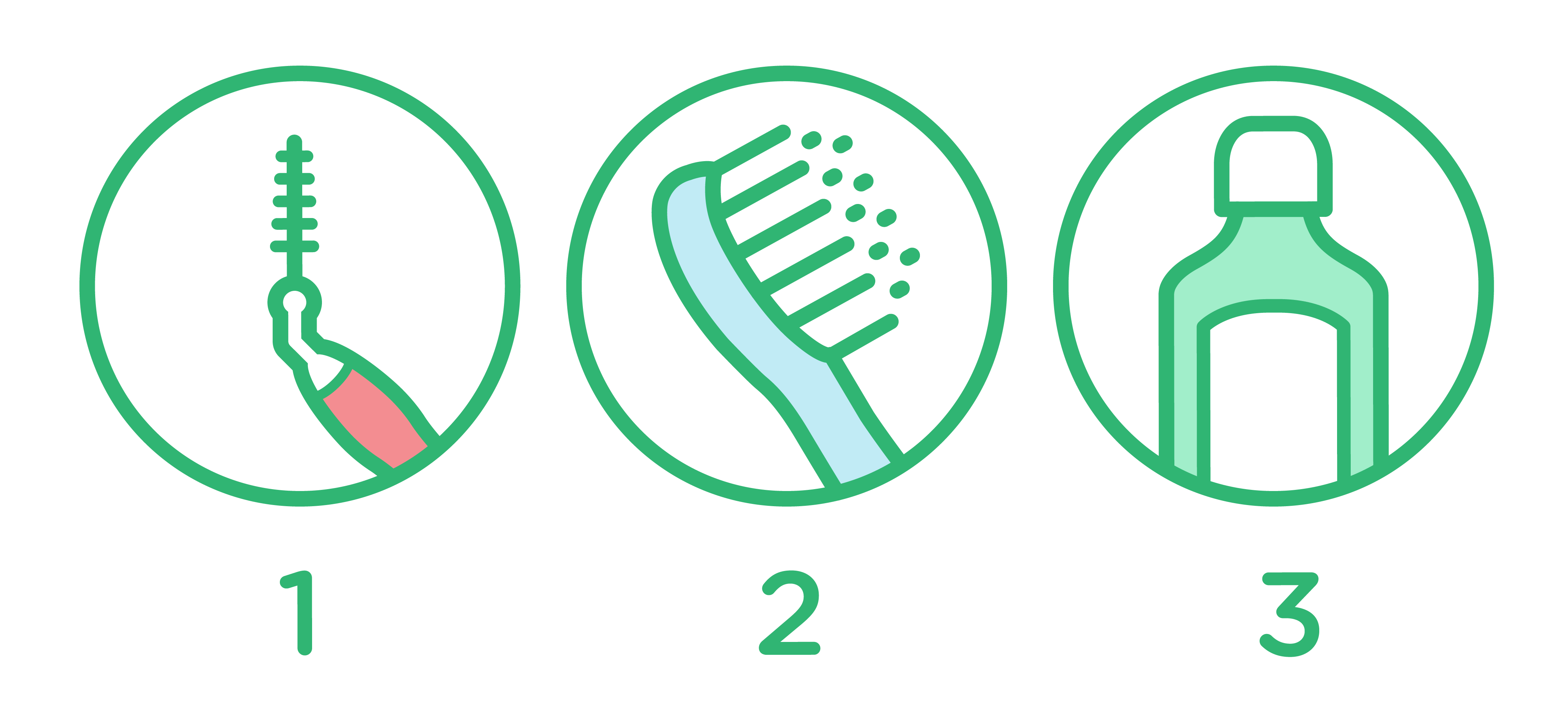
Periodontitis: when gum issues become serious
Unchecked gingivitis can evolve into the later stages of gum disease, known as periodontitis. In addition to severe gum irritation, bleeding, pain or sensitivity, periodontitis may cause loose teeth, exposure of the tooth root, unpleasant breath, and periodontal pockets (spaces between the gum and tooth that fill with plaque).
Unfortunately, when gum disease reaches this phase, loss of the supporting structures around your teeth has already occurred. Understanding the severity of the disease and the importance of treatment is crucial to minimizing bone loss and ultimately tooth loss.
In-office dental treatments are necessary to treat periodontitis. These treatments include both tooth scaling and root planing to remove plaque from pockets, making the disease more manageable. Your dentist may also recommend a regimen of antibiotics. For people with more advanced bone and gum degeneration, surgical treatments targeting gum pockets and bone loss may be necessary. Routine dental visits are also essential, to monitor disease progression and implement new treatments when needed.
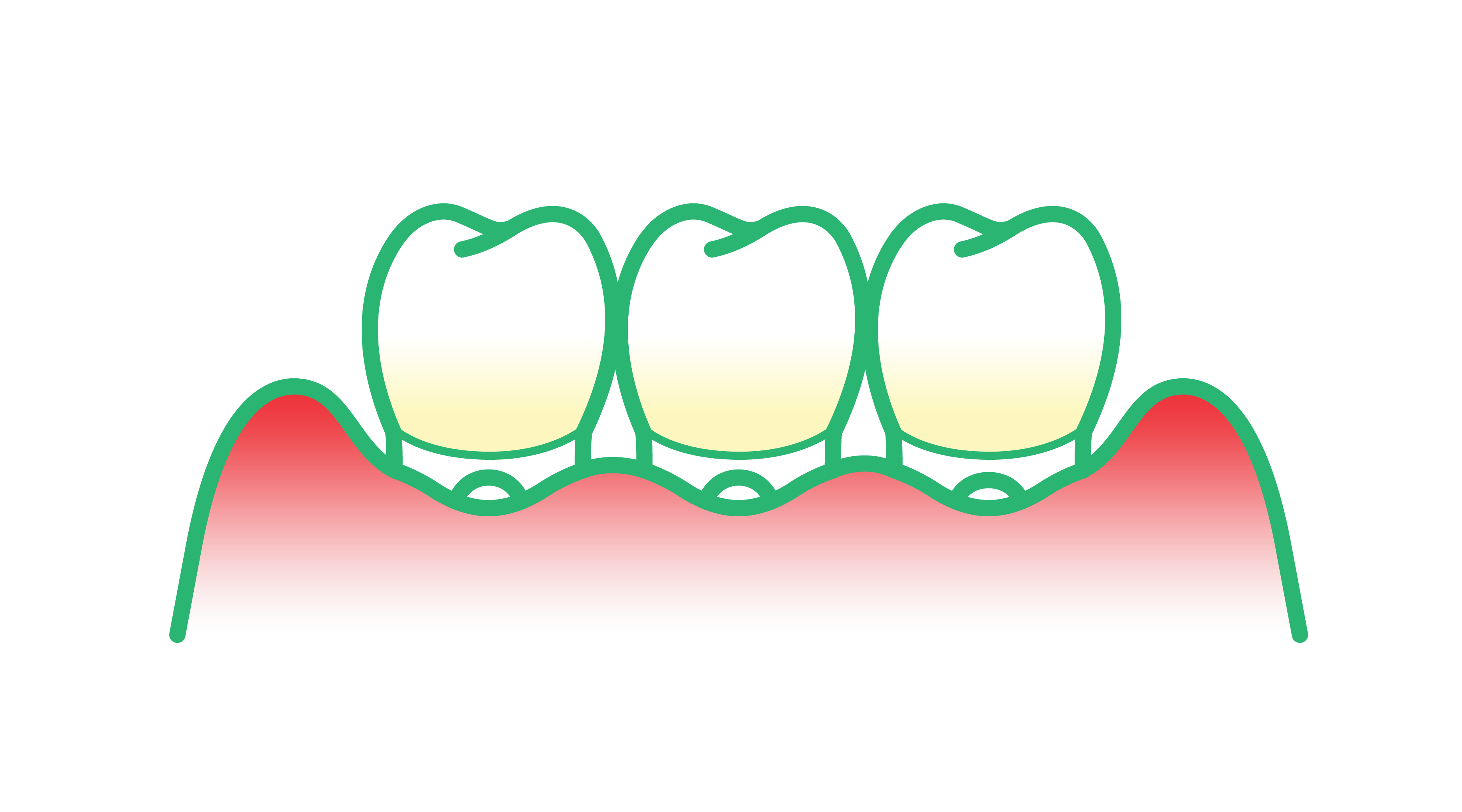
Preventative dental care is the hallmark of disease mitigation
There is a direct path leading from gingivitis to periodontitis: gum disease is progressive! A holistic approach to gum disease prevention benefits not only your oral health, but your whole body health. While poor oral hygiene is certainly the most common cause of gingivitis and a catalyst for gum degeneration, other factors may increase your risk, such as:
Even healthy people with good brushing habits can develop gum disease as they age, or through other life factors (e.g. stress). For these reasons, look out for the warning signs of periodontitis and implement preventative measures as early as possible. With proactive attention, you can prevent gum disease from evolving further.
Learn more about GUM® products and how they can make the biggest difference in protecting your gums from disease.
